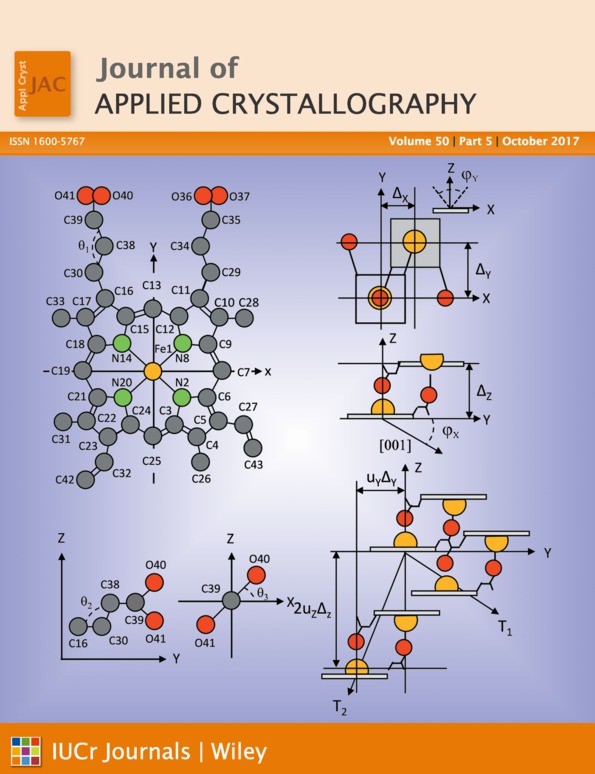X-ray diffraction microscopy based on refractive optics
Abstract
A formalism is presented for dark-field X-ray microscopy using refractive optics. The new technique can produce three-dimensional maps of lattice orientation and axial strain within millimetre-sized sampling volumes and is particularly suited to in situ studies of materials at hard X-ray energies. An objective lens in the diffracted beam magnifies the image and acts as a very efficient filter in reciprocal space, enabling the imaging of individual domains of interest with a resolution of 100 nm. Analytical expressions for optical parameters such as numerical aperture, vignetting, and the resolution in both direct and reciprocal spaces are provided. It is shown that the resolution function in reciprocal space can be highly anisotropic and varies as a function of position in the field of view. Inserting a square aperture in front of the objective lens facilitates disjunct and space-filling sampling, which is key for three-dimensional reconstruction and analysis procedures based on the conservation of integrated intensity. A procedure for strain scanning is presented. Finally the formalism is validated experimentally at an X-ray energy of 17 keV.




